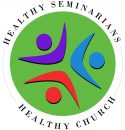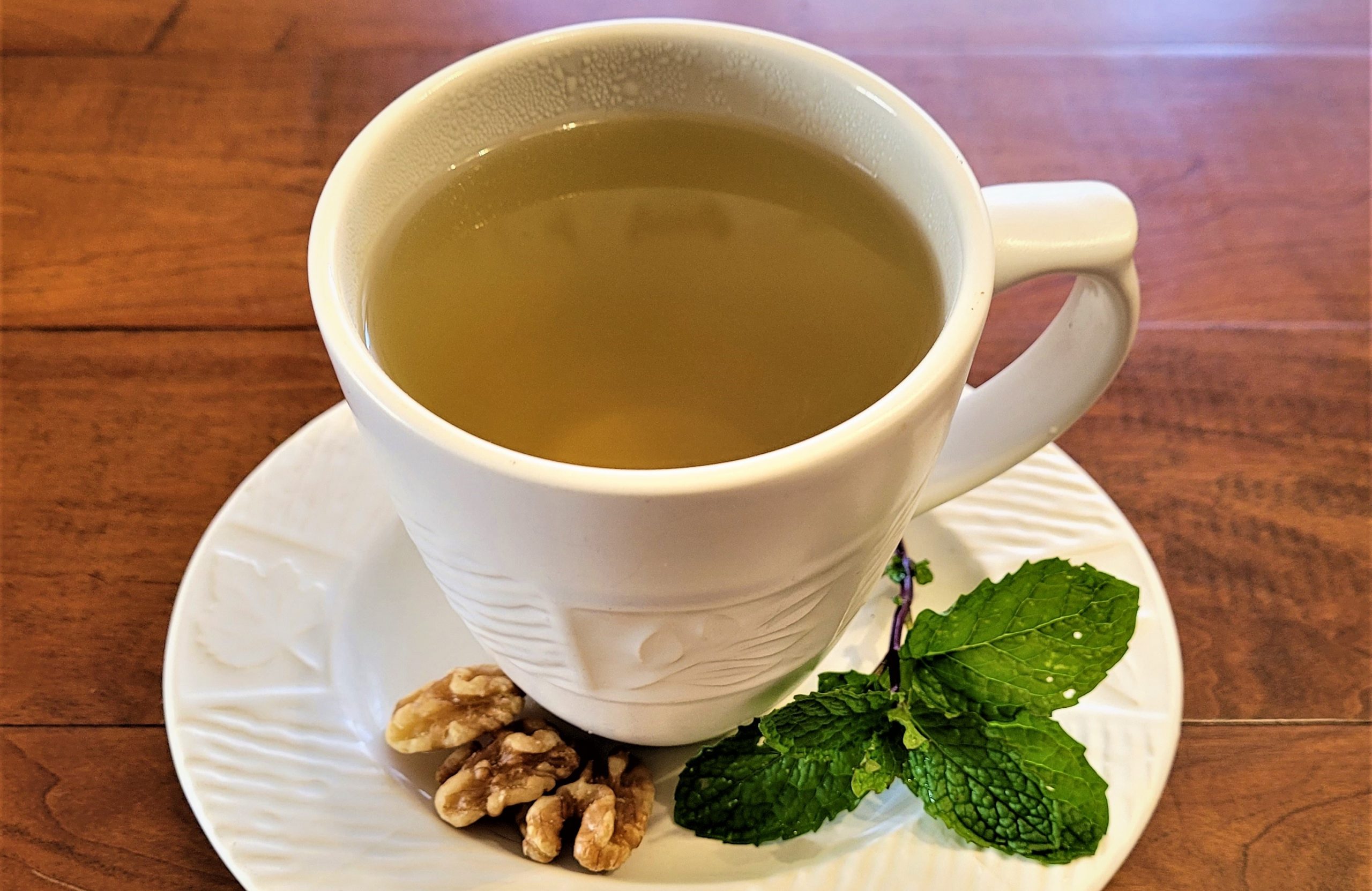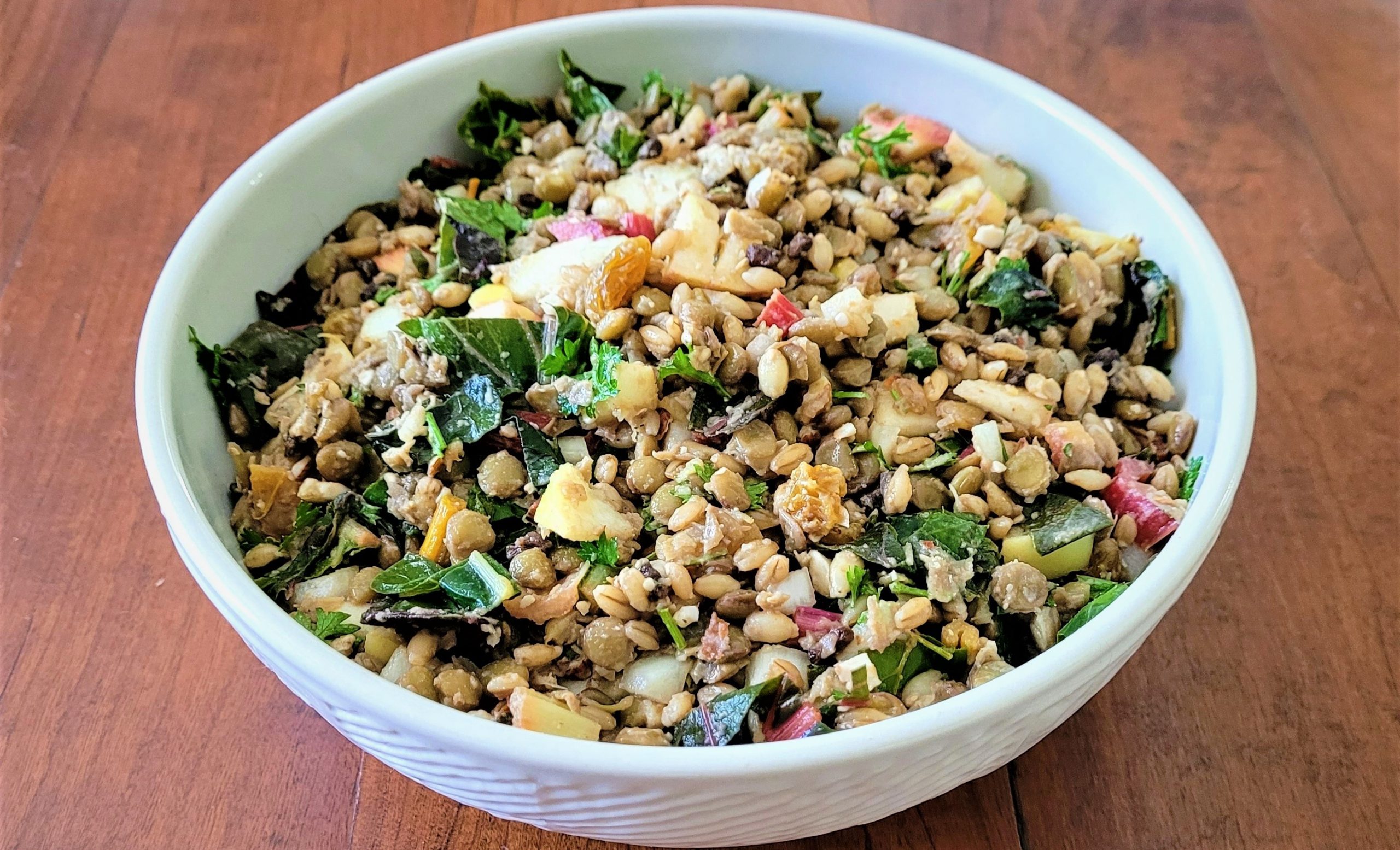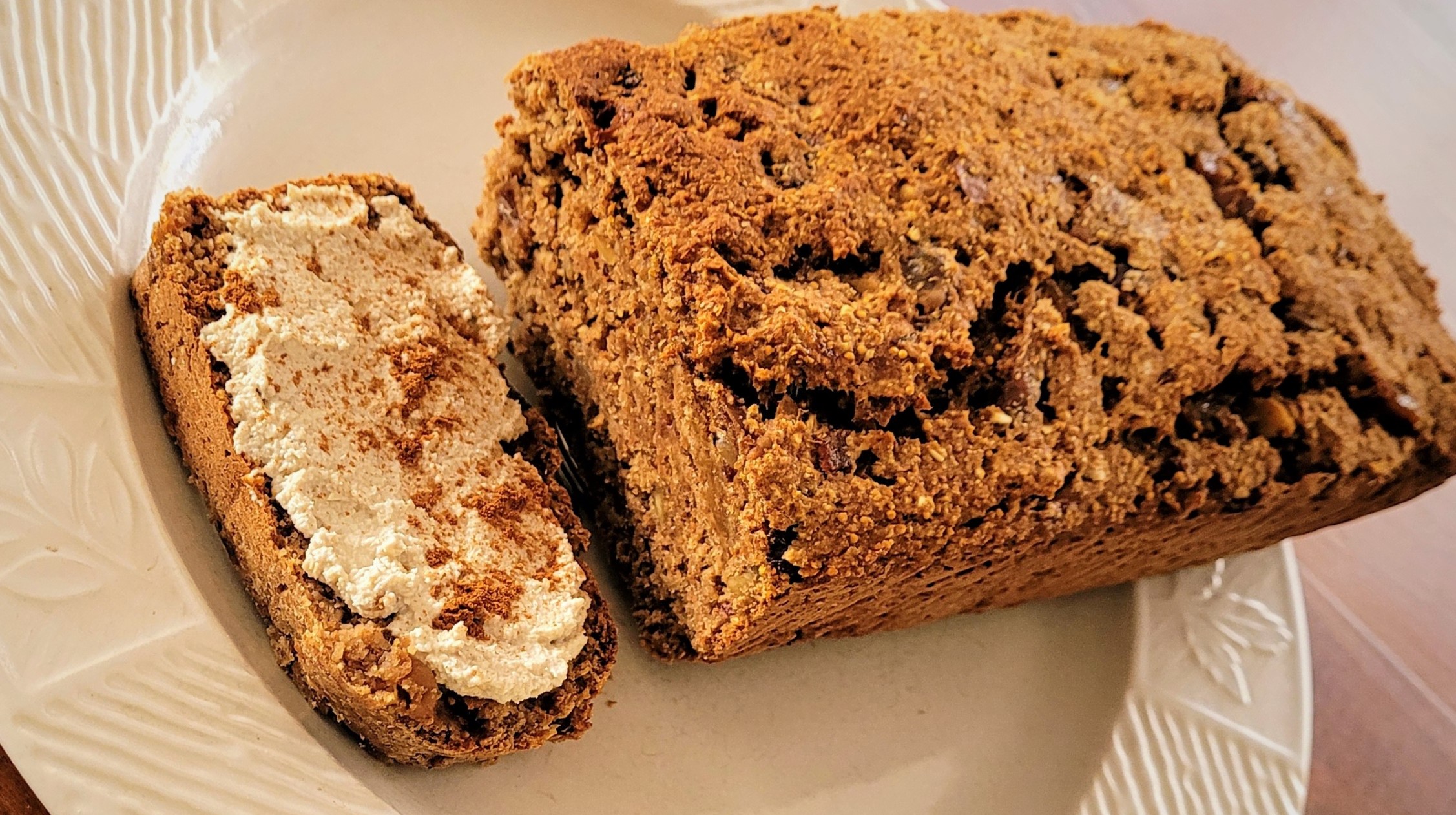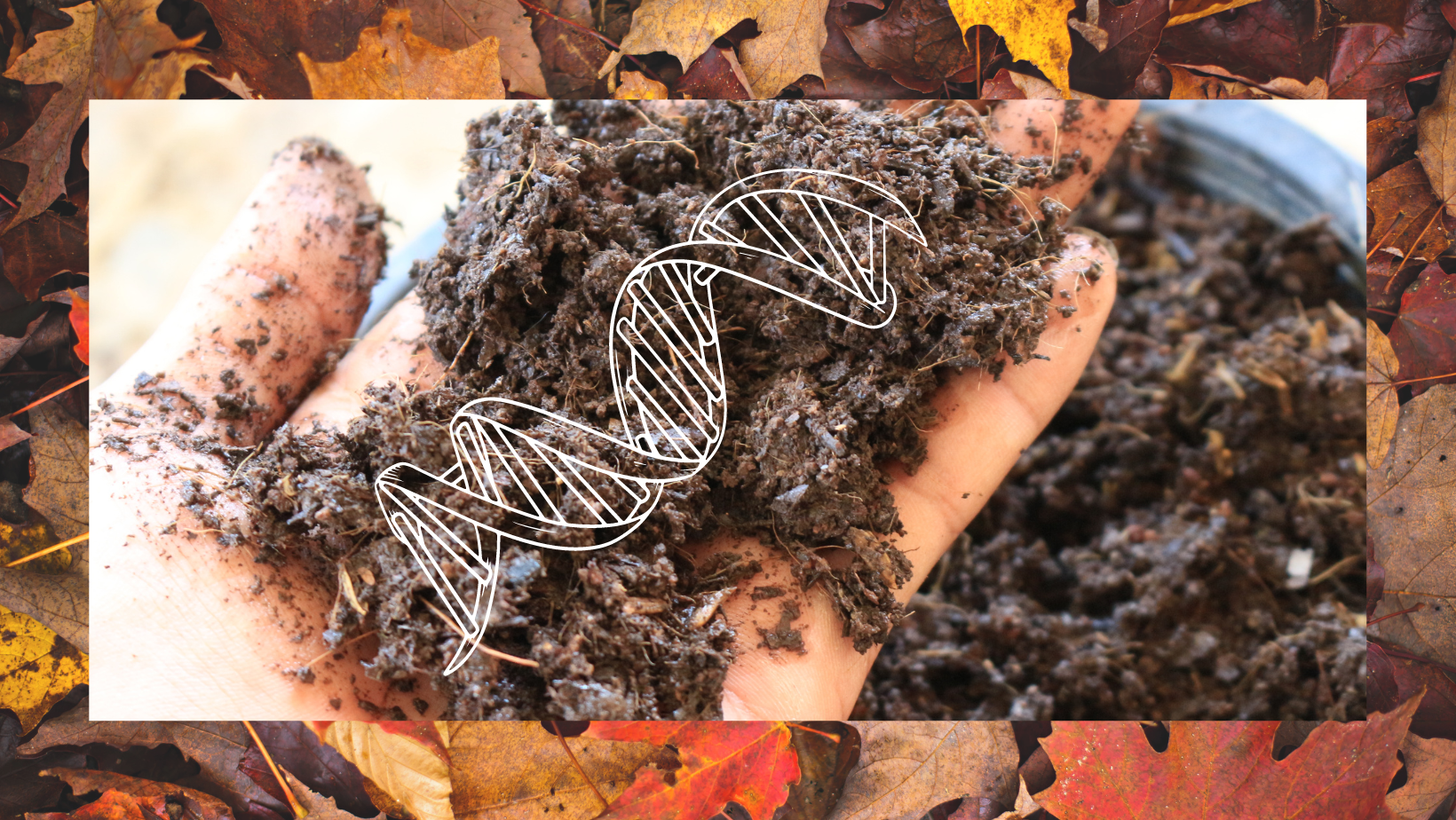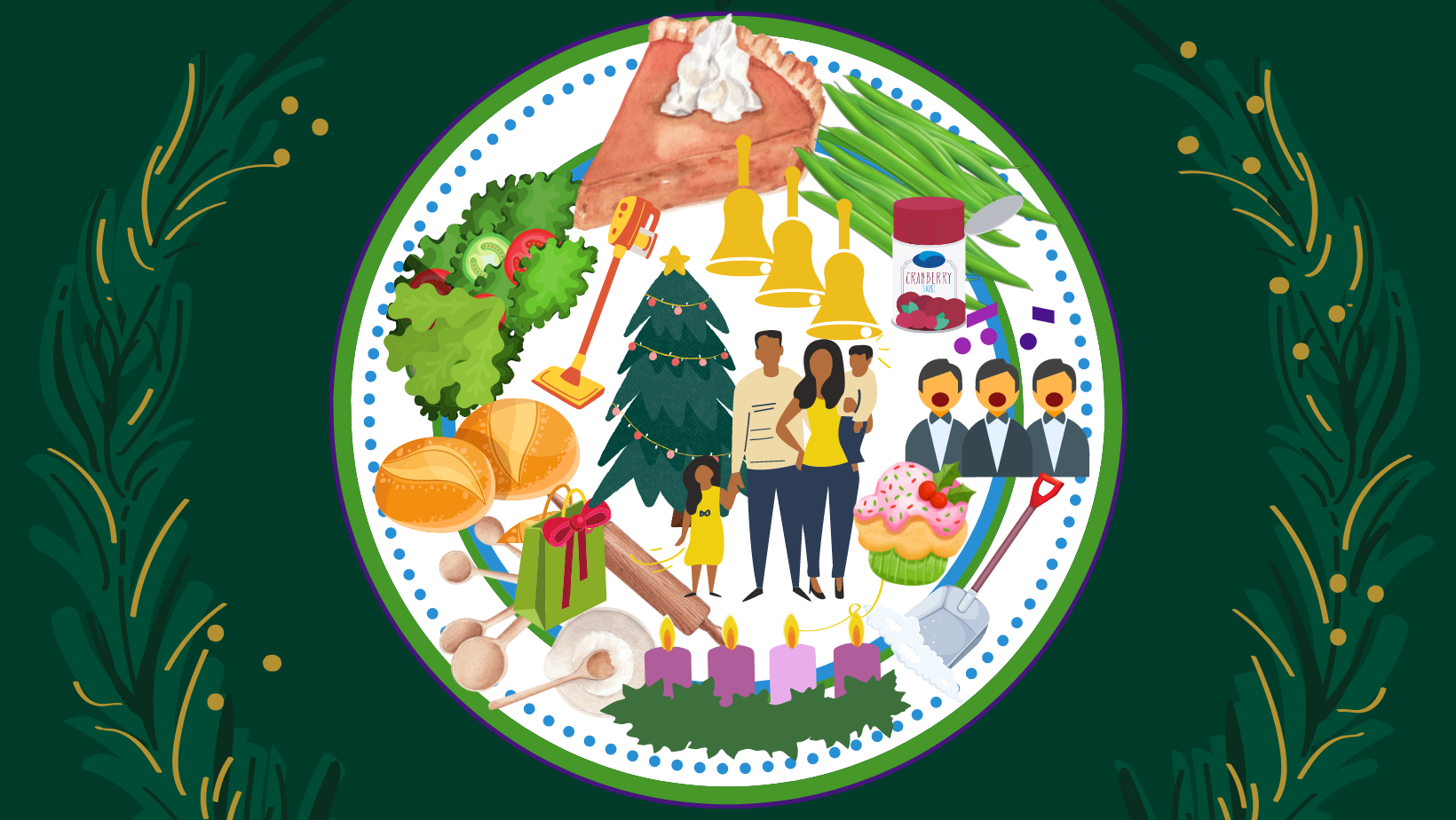Tofu “Feta” Cheese
Ingredients
- 15oz/16 oz. firm/extra firm tofu
- 1/4 cup lemon juice
- 1/4 cup apple cider vinegar (distilled vinegar works, too)
- 1 TBSP Greek seasoning
- 1 tsp garlic powder
- 1 tsp onion powder
- 2 tsp salt
- ½ tsp black pepper
Instructions:
- Drain tofu.
- Chop tofu into ½ inch cubes.
- Put tofu in a tall jar (24 oz. or larger) or glass bowl with lid.
- Put spices in the jar/bowl with the tofu.
- Add the liquids.
- Put lid on jar or bowl and gently turn it upside down and right side up a few times to mix the ingredients.
- Cover and refrigerate for at least 4 hours or, preferably, overnight. Give it a stir or a shake every few hours (or so) to ensure all the cubes become marinated.
- Enjoy! You can keep the leftover tofu in the marinade for at least a week in the fridge; it becomes more flavorful as it sits.
